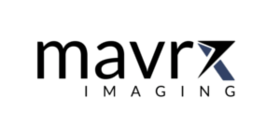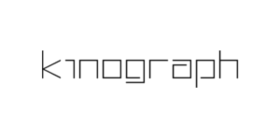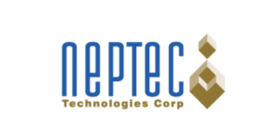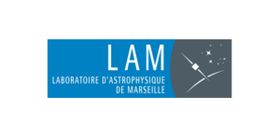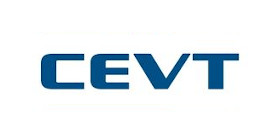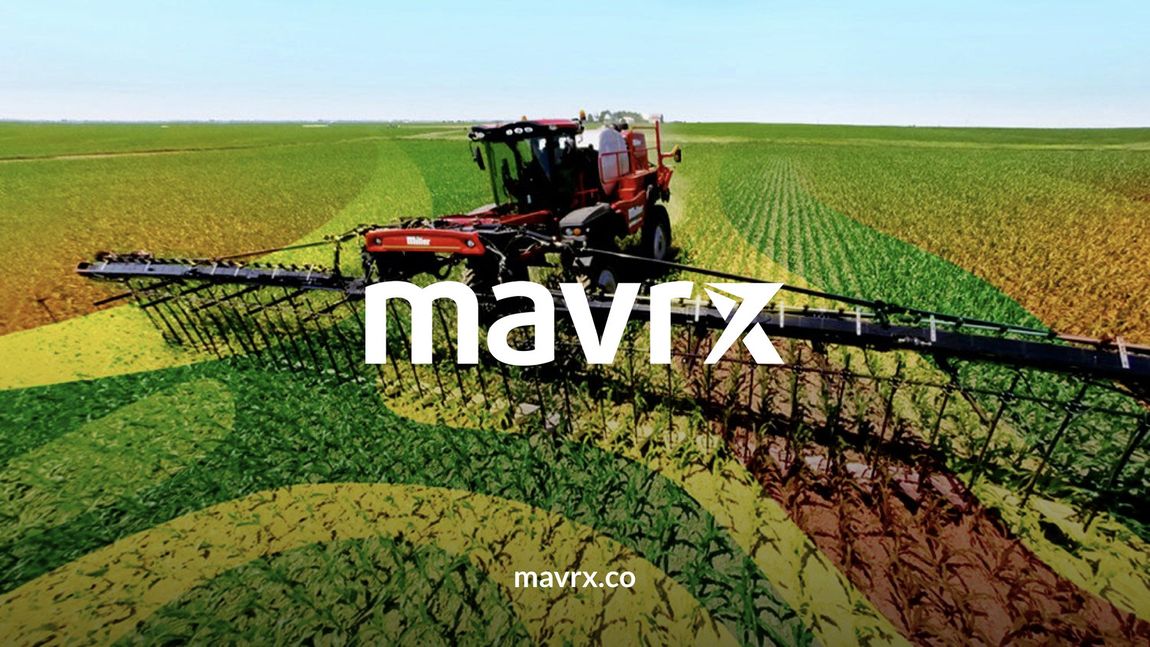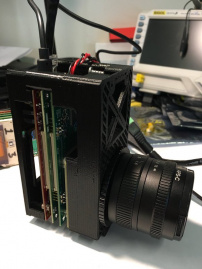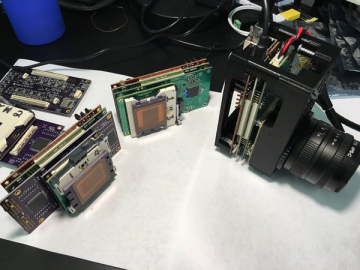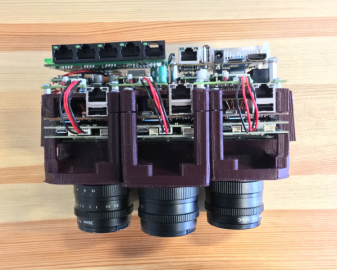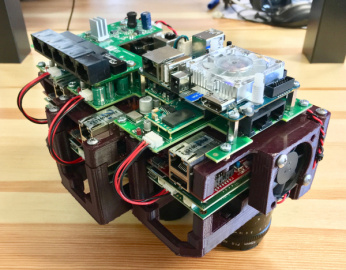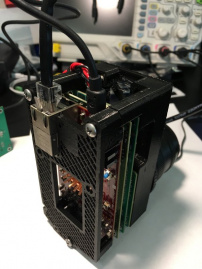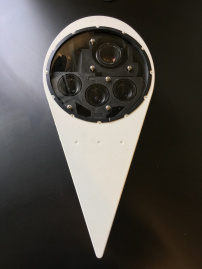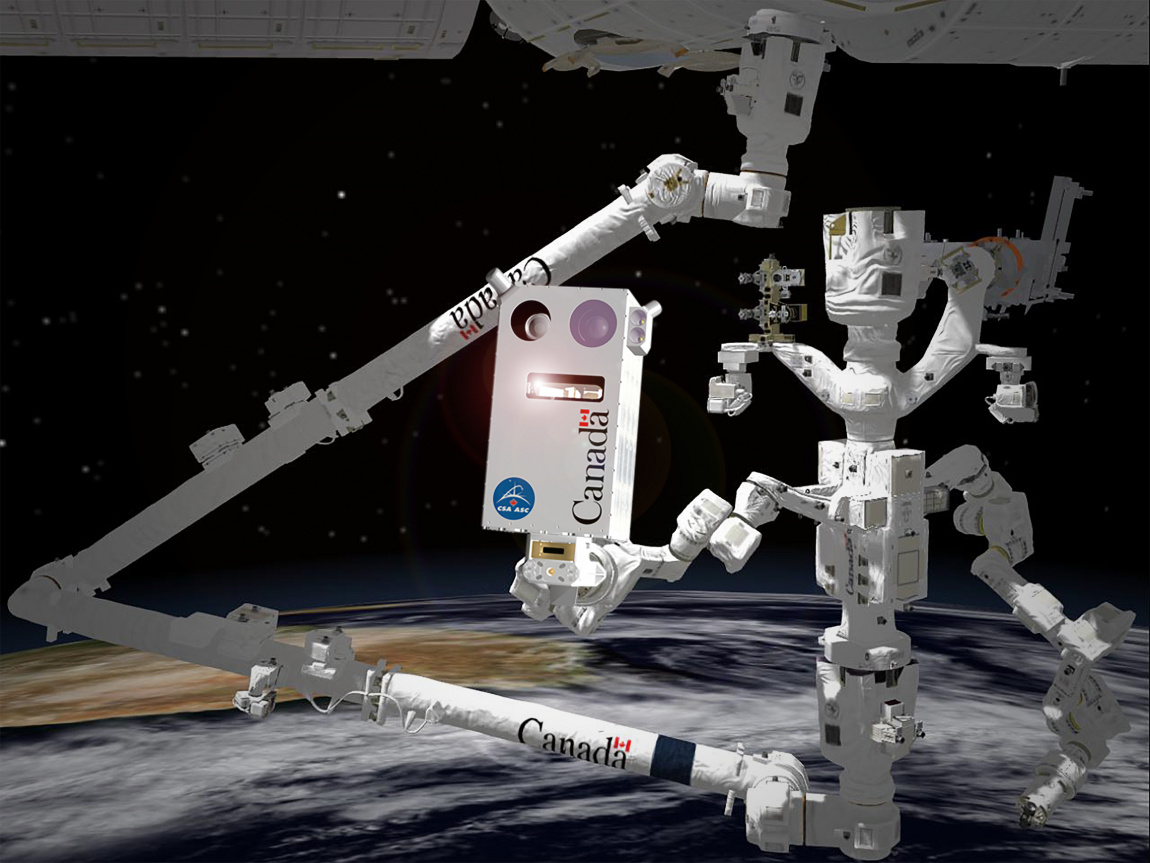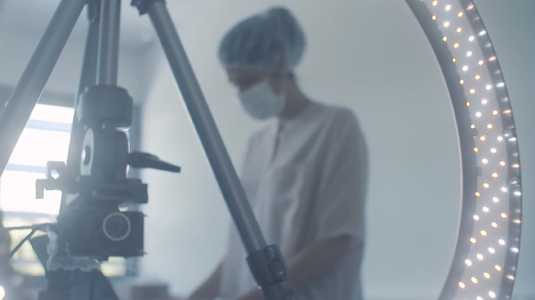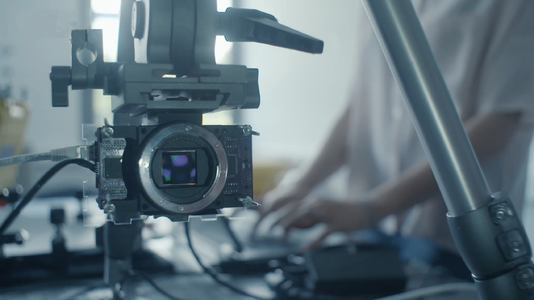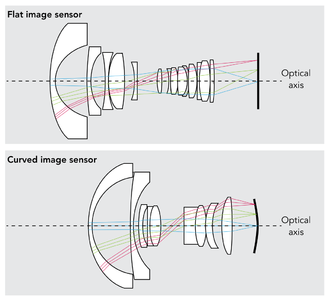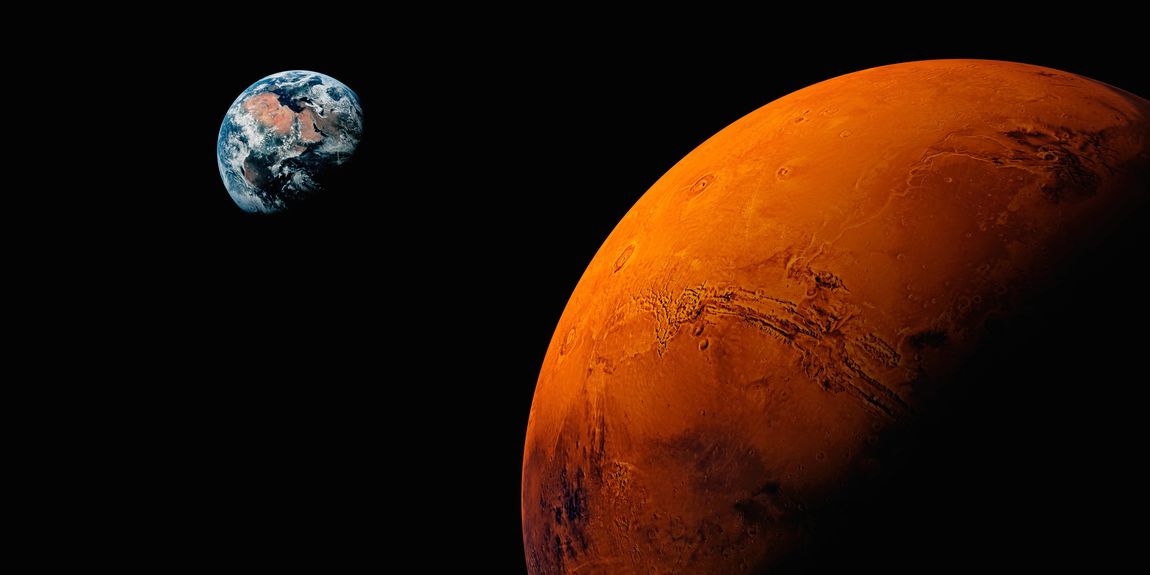AXIOM Beta/Case Studies/Japan
1 AXIOM Beta Developer Kit
apertus° の AXIOM Beta 開発者キットは、カメラのプリント基板へのアクセスが簡単なことから、ソフトウェア/ハードウェア関連の開発に取り組みたい方の理想にぴったり合っています。関連するすべての設計ファイルや、回路図、ボードレイアウト、BOM、STEPファイル、ソフトウェアのソースコードのレポジトリ等々は、無料で利用できます( AXIOM Beta のメインページを参照ください)。
データをオンボードで処理できることと、カメラを他のデバイスとシームレスに統合できることで、既存のプロプライエタリのカメラと比較したときに、非常に大きな自由度がもたらされます。カメラは Arch Linux で動作するため、カスタムソフトの作成と統合は極めて単純です。これにより技術分野の先駆的な複数の組織で AXIOM Beta が利用されており、高品質のビデオデータの取得は維持しつつ、既存のハードウェア設計に沿ってカメラを再構成する余地が生まれています。
下記は、AXIOM Beta を自分たちのニーズに適用させたカメラユーザからのケーススタディーの事例の一部をリストにしたものです。
注:もし科学/研究の目的で、 AXIOM Beta 開発者キットのカスタム版が必要なときは、必要な変更を加えられるかもしれません。どうぞe コンタクトいただき 、要件を打ち合わせください。
1.1 Mavrx
アメリカに拠点を置く Mavrx 社は、精密農業業界のリーディングプロバイダーで、農作物の健康状態に関する実用的な指標や通知を農家に提供しています。マルチスペクトルの画像が、北米大陸飛ばされた小型航空機を介して収集されます。この画像は、植物の健康状態、窒素含有量、害虫や雑草の大量発生をピンポイントで測定し、農家が対策をとるために大切な日数/週数を提供します。
Mavrx社では、イメージセンサーを90度回転し、PCBスタックの端にシフトさせた後、さらに PCB の1枚を取り外すことで、AXIOM Beta のハードウェア設計を適応させました。この構成によって、3台のAXIOMベータ、デジタル一眼レフカメラ、制御および画像保存用コンピュータを、次世代のマルチスペクトル空中カメラシステムのプロトタイプに搭載することができました。
“In the interests of safety the pre-certified flight pods we attach to the wings of light aircraft are tightly regulated. For our purposes (aerial mapping), using more typical cameras is impossible, but thanks to the flexibility of the AXIOM Beta we were able to reconfigure its PCB's and harness the power of three cameras, each filtering its own band of spectral data to our custom designed software systems.” - Anthony May, Mavrx Inc.
See:
- Mavrx website
- Mavrx GitHub
- Anthony May presentation walk-through on how the flight-pods were built YouTube
1.2 Neptec
As part of a contract awarded by the Canadian Space Agency (CSA), Neptec Design Group will develop a state-of-the-art vision system for the International Space Station (ISS). This innovative vision system will use a combination of three sensors to monitor the outside of the ISS, keeping the space laboratory inside safe and operational. The technology will give the Space Station's Canadian robotic handyman, Dextre, the ability to quickly detect signs of damage on the exterior of the Space Station, keeping astronauts safe on board.
"We're using the AXIOM camera in a case study. The camera will help to test our custom lens assembly and de-risk some early software development. We are also building a CMV12000 based camera with a Zynq host, but our own camera needs to work in a low-earth space environment. AXIOM Beta is a great reference model to help kick off our development and early testing." - Len Melo, Program Manager, Neptec.
AXIOM Beta was sent to Neptec in Febuary 2018. Photos to follow as the project develops.
See:
1.3 LAM
Laboratoire d’Astrophysique de Marseille have created Curve-One - a 20MP, full-frame, curved image sensor - the first of its kind. AXIOM Beta was used to conduct research, development and testing throughout.
The optical benefits of a curved sensor are:
- More direct illumination for pixels at the edge of the sensor.
- Lighter and more compact lenses as there's no longer a need to correct the curved projection inherent with a flat sensor.
- 180 degrees field of view – 100 % illumination.
- Save one third of the optics – no aspherics.
- Zoom x2 capability.
Curved sensors are designed to combat the field curvature (also known as Petzval field curvature) associated with simple lenses imaging a flat plane on a flat imaging sensor. Field curvature results from the fact that the effective focal length light rays experience decreases the more off-axis light rays are from the lens' optical axis (the optical axis is defined by a line running from infinity through the centre of the lens).
This is combated by lens manufacturers with field flattening elements - necessarily making lens designs quite complex. Furthermore, these elements often introduce other aberrations; for example, a tradeoff between astigmatism and field curvature.
Their ground-breaking curved version of the CMOS CMV12000 sensor, and the technology behind it, will be applicable in a wide range of technical fields, but in particular astronomical image capturing and optical components, e.g. visible imagers, μdisplays, bolometers and IR detectors.
"Accessing wider fields, exquisite homogeneity of the optical properties across images and faster systems not possible with classical flat focal planes, is like the dawn of a new era for astronomical instrumentation. Fewer components are needed, and the remaining ones are less complex." - Thibault Behaghel, Research Engineer, Laboratoire d'Astrophysique de Marseille.
See:
1.4 CEVT
CEVT is a ground-breaking innovation centre focused on finding smarter ways to build cars. Their modular vehicle architectures for compact cars meet the toughest demands on the global market and the manufacturing processes CEVT have pioneered enable a wide range of propulsion systems and technologies of varying complexity.
AXIOM Beta is being used by CEVT's world-class, advanced engineering teams to develop on innovation object detection system projects.
"The apertus° camera is enabling our innovation team to experiment with offload processing to the camera as well as processing raw sensor data in real time. This camera provides us with greater diversity of information, resolution and sheer capture speed than other products at this price point. Being open source keeps our development up-to-date and open to changes at the speed we need to make them.
The first stage of our innovation project has to do with object tracking and training. We plan to move on to both indoors and outdoors use cases for an important area of our organisation and the automotive industry in general: safety and driver experience." - Victor Cepeda, CEVT.
See:
1.5 eXaminArt
PIXI (Planetary In-situ X-ray Imager) is a microCT instrument concept intended for deployment to Mars, cometary nuclei, or other planets/planetesimals. PIXI will provide in-situ 3D-reconstructions of rock fragments or rock cores, enabling the study of microstructures of potential biogenic origin.
The instrument is based on a cone-beam geometry with a simple architecture combining a microfocused X-ray tube, an X-ray image sensor and a core scanning stage. PIXI can also provide X-ray fluorescence (XRF) data of the surface of the sample.
Applications:
- Analysis of rock cores for robotic in-situ science missions for astrobiology or geoscience.
- On-board analysis of rock cores sealed in canisters for sample-return, including on a Mars fetch-rover to analyze cores collected by the Mars 2020 rover and help assess best candidates for return to Earth.
- On-board Space Station research instrument for the study of multiphase materials in microgravity.
"We're modifying AXIOM Beta into an X-ray camera for a small Computed Tomography (CT) instrument under NASA funding. This research is part of a larger project to develop a CT instrument which will analyze ice and rock samples on the surface of Mars. We'll be testing several types of scintillators - the film that transforms X-ray light into the visible light that can be detected by a CCD or CMOS sensor.
Axiom Beta is interesting for these tests because it gives easy access to the sensor and the firmware is open which would facilitate modification for our testing. If successful, the camera will go into a CT prototype, but the 1st objective is to have an R&D base for testing scintillators." - Philippe Sarrazin, SETI Institute.
See:
